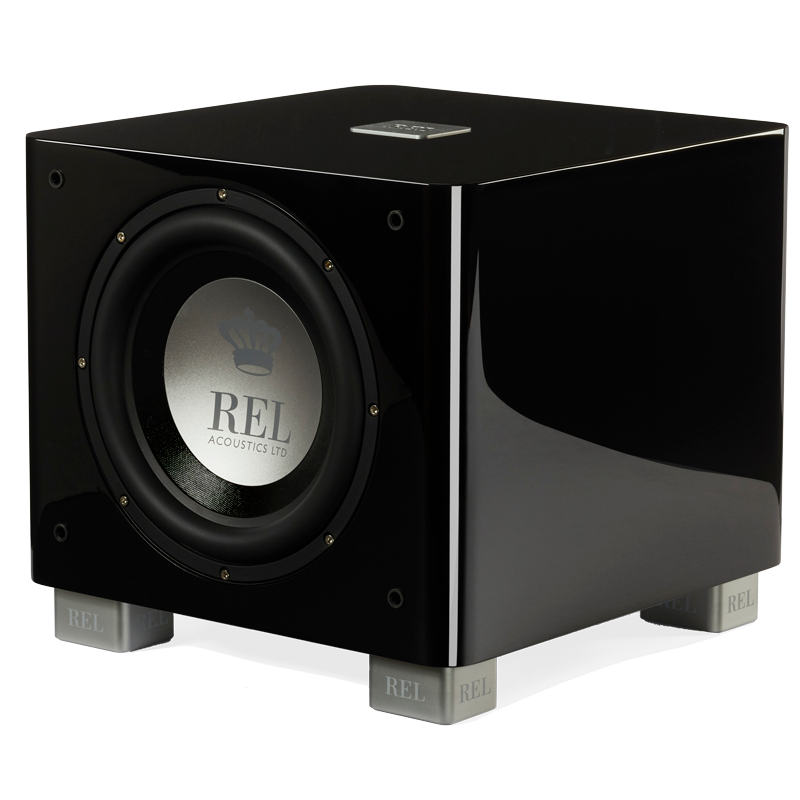Blog
What is a high level connection and why does REL insist you use it?
REL is known, and I would dare say famous, for its high level connection. What a high level connection means is that you’re actually taking the output signal from the same amplifier terminals that feed your main loudspeakers and you’re feeding that forward, in our case into the Rel.
Other subwoofer manufacturers have now caught on to this and are trying to emulate what we do. I want to be really, really crystal clear. It’s not even close.
[00:30]
I don’t know how to say it clearer. What we do is quite different, and I can tell you this it really informs everything we do once you get past the high level. So the high level per se is a circuit that allows you to take this very high voltage signal that is normally being fed to your loudspeakers and it comes into the input of our REL and we step it down passively through a resistor ladder matrix.
[01:00]
It’s not complicated, but the selection of those, the impedance that we arrive, at all of those things are hard fought pieces of knowledge. Our input blocks are all potted. Meaning that they’re covered, once they’re produced and tested, with thick layers of very hard epoxy and that’s to prevent competitors from tearing apart what we do and figuring out what’s in there.
It seems easy. It’s not, and the signature, the transparency that we get through that and down through our filter blocks, out to our amplifier and out to our drivers, all of that starts with the incoming high level signal.
[01:30]
Why is that so important? Why do you guys obsess about high-level when everybody else is perfectly happy with low-level RCA or XLR balanced connectors because the entire system has to get fed forward into the REL for the REL to sound like what you’re used to hearing.
If we cut that apart, if we cut the system in half, and we snap the signal off of a preamplifier for example, you just lost your interconnects and the sound of your amplifier. It’s kind of an important thing. If you don’t think so why did you buy that amplifier?
[02:00]
Take any great tube amplifier and swap it in for any great solid-state amplifier. They’re going to sound vastly different. If we’re taking a preamp level signal and cutting out the power amplifier and the interconnects, you have no prayer of feed forwarding into our system exactly the same signature you’re feeding your speakers. So if it’s a big warm soft older tube amplifier, that’s what you’re used to hearing.
[02:30]
That’s what your speaker’s sound like. That’s exactly what we have to emulate. Coming off of a solid-state preamp as an example in the middle of all that will just dry the whole thing out and desiccate it, and have it sounding really tight, dry and arid. So it’s important that you get that part of it. The other part is, and I’ll be brief about this, it just informs everything we do.
It means that we’ve got this fast, transparent signal coming in, so we start to think about how do we keep our leads as short as possible? We don’t want to keep adding to things and having the wiring harness itself start to slow it down. Oh gosh, how do we shorten the signal path through the amplifier?
[03:00]
We’ve got a power supply and its massive, but how do we get the active part of it to be as close as possible to the filter board? How do we get the wire length from the output of the amplifier to the driver to be a short and tight as possible? And how do we make faster drivers to take advantage of all that? So it’s really a philosophy and if you don’t start with that and go all the way through as a subwoofer designer, you have no prayer of it. Having REL be successful because we build the best high-level connections in the world is actually not the same thing as knowing what you’re doing and doing it yourself.
To be sure you know the proper way to connect your REL high level watch our how to connect video series.











